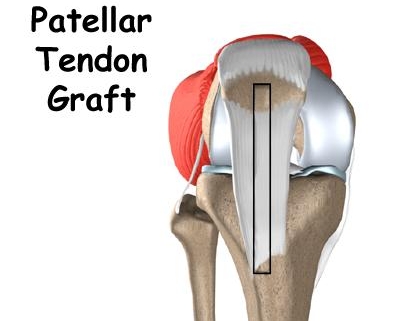
Patellar Tendon Graft Reconstruction of the ACL
Overview
Patellar Tendon Graft Reconstruction of the Anterior Cruciate Ligament (ACL) is a common procedure used to treat a torn ACL, a severe knee injury. Typically, athletes involved in high-intensity sports like basketball, soccer, or football are most prone to ACL injuries. Data reveals that each year, around 200,000 ACL-related injuries take place in the United States alone.
Types
While this specific guide focuses on Patellar Tendon Graft Reconstruction, there are two other primary types of grafts used in an ACL reconstruction: hamstring tendon and cadaver graft. Each graft has its unique advantages, and the selection largely depends on the individual’s condition and the surgeon’s expertise.
Causes
ACL tears often occur during sports that involve sudden stops and changes in direction. This could be due to incorrectly landing from a jump, abrupt stops or too much force hit the knee (common in sports like football or rugby). Risk factors include participation in high-risk sports, wearing improperly fitted sports equipment, and having a pre-existing knee injury.
Symptoms
Common signs and symptoms of an ACL injury include:
-
- Feeling or hearing a ‘pop’ in the knee at the time of injury
-
- Severe pain and inability to continue the activity
-
- Swelling in the knee within a few hours
-
- Restricted range of motion
-
- Feeling of instability or ‘giving way’ with weight bearing
Diagnosis
ACL reconstruction diagnosis typically involves a physical examination of the knee. In certain cases, an MRI (Magnetic Resonance Imaging) scan might be conducted to get a clearer image of the tissues around the knee. X-ray may also be used, although it is less effective in highlighting ligament injuries.
Treatment Options
The treatment largely depends on the severity of the injury and the patient’s activity level. Non-operative treatments include physical rehabilitation and wearing a knee brace. However, in case of severe tears or for individuals involved in active sports, Patellar Tendon Graft Reconstruction of the ACL might be recommended. In this surgical procedure, a segment of the patellar tendon from the patient’s knee (or sometimes, a donor knee) is used to replace the torn ACL.
Living With Patellar Tendon Graft Reconstruction of the ACL
Recovery after the surgery requires time, patience, and commitment to a physiotherapy program designed to regain knee strength and mobility. Lifestyle modifications are crucial, including following a balanced diet, staying active, avoiding strenuous activities until complete recovery, and regularly visiting the doctor for follow-ups.
When to Seek Help
Post-operation, if one experiences chronic knee pain, trouble walking, repeated instances of the knee ‘giving way’, signs of infection (like fever, increased redness, swelling), or any other discomfort, immediate medical help should be sought. These could be signs of a complication and need immediate attention.
Understanding Patellar Tendon Graft Reconstruction of the ACL, its cause, procedure, and recovery can significantly reduce anxiety around the treatment. Please consult with your healthcare provider to understand more about your individual condition, and make an informed decision about your treatment plan.
